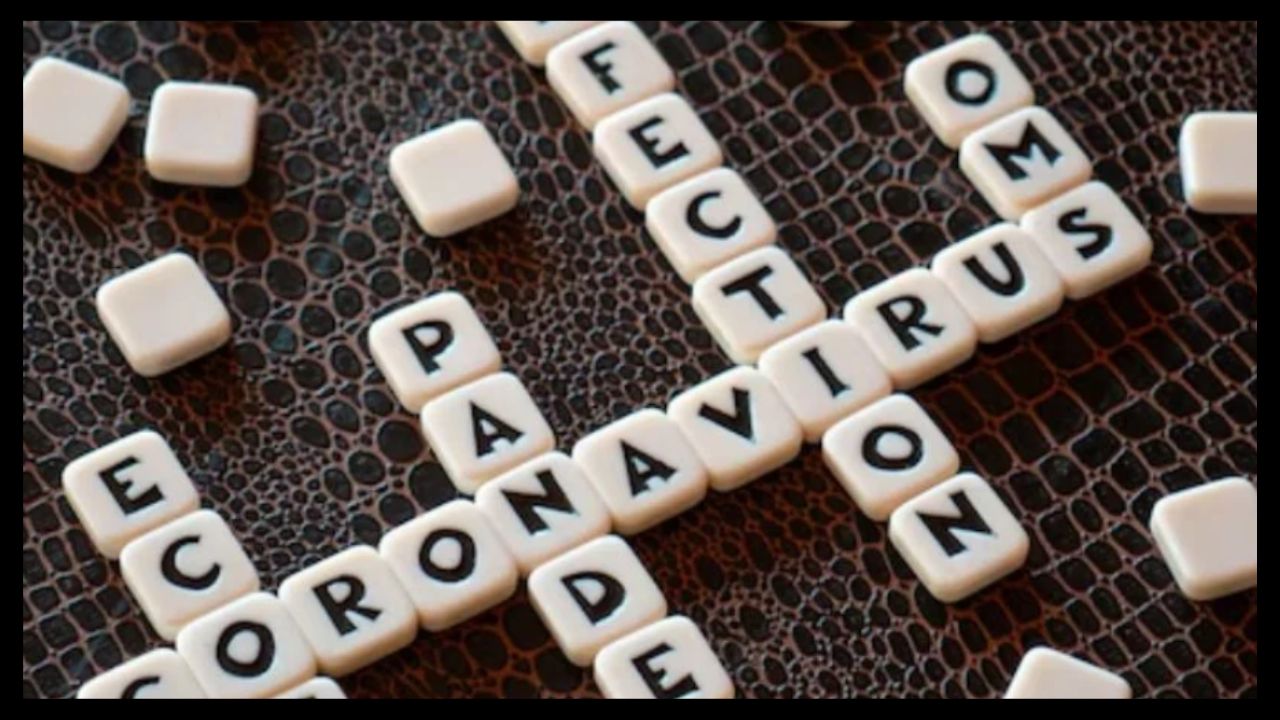The New York Times is a name synonymous with credibility, in-depth reporting, and award-winning journalism. But hidden deep within its archives are stories and headlines that could make even the most stoic among us raise an eyebrow or burst into laughter. The “Totally Wackadoodle NYT” moments offer us a glimpse into a parallel lane of this prestigious publication, filled with quirky, bizarre, and downright unbelievable content.
This article dives deep into the fascinating world of unconventional journalism, exploring the strangest stories in NYT history, understanding the context in which they were written, and reflecting on their impact. If you are a history buff, curiosity seeker, or journalist, this exploration will leave you entertained and informed.
Unearthing the Most Bizarre Headlines and Stories
The New York Times archives house some of the most stunning and peculiar stories that reflect society’s oddities throughout the years. Here are just a few of the most “totally wackadoodle” pieces that stand out:
A Penguin on the Subway (1927)
A story detailing a “lost” penguin casually traveling on the New York subway is one of the quirkiest gems. Commuters were bewildered by the sight, and reporters were left trying to unravel how the penguin managed to escape the local zoo.
Martians Among Us?
During the early and mid-20th century, speculative journalism on UFOs and extraterrestrial life made occasional headlines. One NYT article discussed “scientific possibilities” of Martians analyzing Earth—a take now widely regarded with amusement.
The Case of the Dancing Epidemic
A 1962 article chronicled real-life reports of a small community hit by sudden, unexplainable “dancing mania.” These contagious spasms of movement led some to compare the phenomenon to a bizarre disco fever.
These stories are more than just oddities; they perfectly encapsulate societal fears, trends, and curiosities of their time.
The Journey Through Historical Events with a Twist
While it’s tempting to dismiss bizarre articles as relics of a bygone era, they often carry deeper meanings. These unconventional narratives shaped how audiences viewed historical events. Consider the following examples:
- The Great Depression Humor Pieces: During grim economic conditions, the NYT published light-hearted or seemingly odd stories to offset the dreary realities—the “Totally Wackadoodle NYT” archives include tales of craftily employed chickens and flamingo farms.
- The Space Race and Aliens: Articles speculating about extraterrestrial life during the space race reflected humanity’s awe and anxiety about the unknown, packaged in bizarre yet engaging headlines.
Historical context gives these stories a broader layer of significance; they serve as glimpses into the zeitgeist of their times.
Insights into the Editorial Process of Unconventional Stories
The process behind publishing unconventional stories is as fascinating as the stories themselves. The NYT editorial process traditionally includes:
Balancing Hard News with Relatable Oddities
Editors aim to offer a mix of heavy, well-researched reporting alongside lighter (and sometimes wacky) pieces. This balance captivates a wider audience, ensuring engagement from readers seeking everything from political insights to comedic escapism.
Fact-Checking Fun
Even the strangest story is rooted in facts. The NYT’s robust fact-checking department ensures that even the most “totally wackadoodle” pieces are authentic. For example, the subway penguin incident wasn’t just storytelling—it was real!
Captivating Headlines
The focus of unconventional stories is often placed on the headline itself. With quirky, click-worthy titles, the Totally Wackadoodle NYT moments gain significant attention while still adhering to journalistic ethics.
Reactions and Impact on Contemporary Journalism
These peculiar stories have had a lasting impact on modern journalism. Here are some key takeaways:
Humanizing Journalism
Bizarre NYT pieces remind readers that journalism isn’t always about politics and calamities—it’s also about humor, curiosity, and highlighting bizarre human or natural phenomena.
A Feeling of Relatability
The unusual stories often resonate with readers on a personal level. They bring attention to our universal curiosity and shared joy in life’s unexpected twists.
Inspiring Modern Clickbait?
Modern clickbait articles share some roots with NYT’s past oddities. However, it’s worth noting that the NYT stories, humorous as they were, avoided sensationalism that lacked substance.
Totally Wackadoodle NYT in the Digital Age
Today, NYT sometimes revisits its quirky roots to adapt to digital reader interests via interactive features, such as archive explorations or “On This Day” highlights. These nods to the past help preserve the charm of these stories for modern audiences while upholding the journalistic standards built over decades.
What We Can Learn From the Totally Wackadoodle NYT Archives
From penguins on the subway to dancing epidemics, the NYT archives show us that even serious publications have room for whimsy. These stories connect us to history in unique, relatable ways, reminding us that behind every headline lies a human story.
Understanding the nuances of journalism includes appreciating such unconventional entries. They reflect not just the events of the time but also how societies react, interpret, and cope through storytelling.
Want More Totally Wackadoodle NYT Content?
Dive deeper into these archives with the New York Times’ advanced search. Spend a day laughing and learning as history’s most bizarre moments unfold.
Or, if you’re a journalist or researcher, why not dig further and build on these stories? The mysteries and oddities still resonate today.
You May Also Like: Meet the Press S76E49: Breaking Down the Key Conversations
Conclusion
The exploration of these unconventional New York Times archives underscores the dynamic nature of journalism and the unexpected ways history intertwines with reporting. By shining a light on these quirky and impactful stories, we gain a deeper appreciation for the breadth of editorial creativity and the power of narrative to capture the human experience. These historical oddities serve as a reminder that even the most unconventional topics can leave a lasting impact, enriching our understanding of both the past and the evolving art of journalism.
FAQs
What does “Totally Wackadoodle NYT” refer to?
It refers to bizarre, unconventional stories and headlines published by The New York Times hidden in its extensive archives.
Why did The New York Times publish unusual stories?
These stories offered humor, escapism, or perspectives on societal quirks, helping balance hard news and engage diverse audiences.
Can I access these quirky NYT stories today?
Yes, you can explore the NYT archives for a fascinating glimpse into these odd historic accounts. Use their online archive tool to start.
How do these stories impact modern journalism?
They emphasize that journalism is not just serious news—it reflects humanity’s curiosity, humor, and occasional oddities.
What’s the most famous “Totally Wackadoodle NYT” story?
The “Penguin on the Subway” headline is one of the most iconic examples of those quirky stories that never fail to captivate readers.











